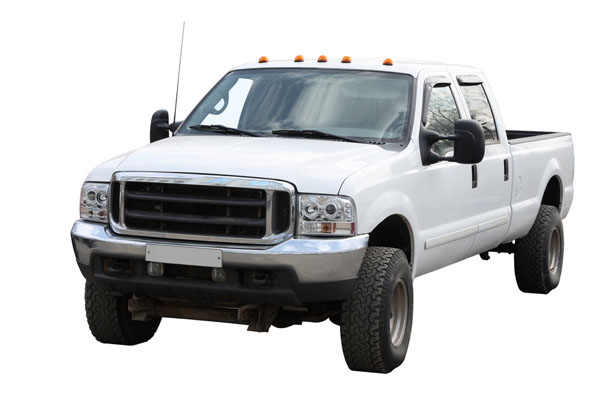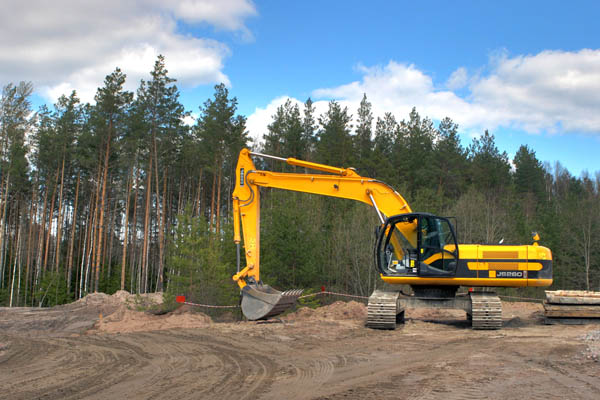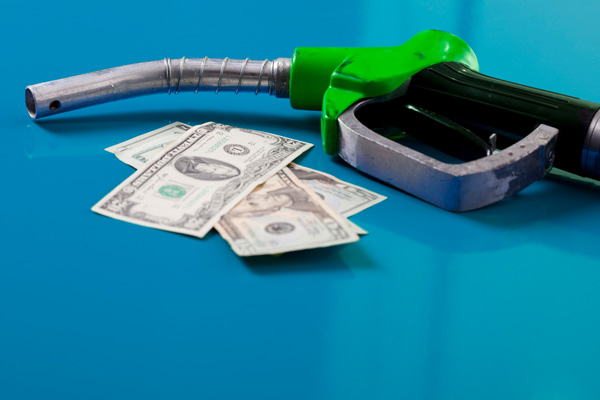Diesel is a liquid fuel with a wide range of applications. Its good compression characteristics make it suitable for internal combustion engines, which produce ignition without a spark. It can come from various sources and processes, including petroleum and biomass. Many places have instituted a diesel standard to ensure quality and sustainability. They also differentiate between on-road and off-road diesel. Learn to distinguish them for correct usage and legal compliance. This article discusses on-road vs off-road diesel, with a focus on their similarities and differences.
On-Road Vs Off-Road Diesel: What Are Their Differences?
Keep reading to explore some of the differences between these two fuels.
What Is On-Road Diesel?

As the name implies, this fuel is for use on public roads. Its main application is transportation. It is the clear liquid that you can purchase at gas stations everywhere. Some people may describe it as green diesel, but the color does not refer to any dye. It only highlights the renewable and eco-friendly nature of the fuel.
Motorists can rely on appearance to determine age and quality. A bright liquid indicates fresh fuel, which is in good condition. Old on-road diesel tends to provide diminished performance and other issues. Look for sources that can constantly offer a high-quality product.
What is Off-Road Diesel?

Off-road diesel is for agricultural and industrial use. It powers farms, factories, and construction sites. These places often rely on stationary machines with diesel engines to increase productivity and efficiency. They may also have vehicles, but these remain on the site and avoid public roads. Homes may use off-road diesel for heating during winter. Federal and state laws define user permissions and tax specifications for this fuel. Refineries use a red dye to identify off-road diesel from on-road diesel. The specific dyes are called Solvent Red 26 and 164. These are detectable even at low levels.
The Similarities Of Both Fuel Types
The two variants have more similarities than differences. In terms of chemical composition, on-road and off-road diesel are identical. You can pump these into any diesel engine and get the same results. Farms and factories can use on-road diesel if they run out of the off-road variant, although they are likely to switch back as soon as possible to reduce cost.
The opposite is also true. Cars can theoretically run on off-road fuel as well. However, it is frowned upon due to regulatory limits. Motorists should follow the law to avoid trouble. Authorities can impose fines for those caught using red fuel in forbidden applications.
Related Article: 3 Reasons Fleets Should Swap the Gas Station for Mobile Fuel Delivery
The Differences Between Off-Road & On-Road Diesel Fuel Types
Taxation

The most notable difference lies in government taxes. Expect higher taxes for on-road diesel. The revenue raised from this goes toward highway maintenance and infrastructure projects. After all, vehicles plying public roads contribute to their wear and tear. Motorists effectively pay for road use through these charges to ensure sustainable infrastructure.
Federal tax is the same across the US, but states can impose additional duties according to local laws. Some charge based on the volume of fuel purchased, while others focus on the amount spent. Meanwhile, off-road fuel does not have this tax because of its divergent applications.
Color
Since the chemical composition of on-road and off-road diesel are identical, authorities need another way to distinguish one from the other. Color is the easiest way to identify fuel. One look is all it takes for officers to know the contents of a tank.
Authorities can ask motorists to stop and check the tank if they suspect irregularity. They may obtain a small sample or spin the fuel filter to observe the color. The liquid should be clear as intended for on-road diesel. If your car uses red diesel, you may end up paying fines of up to $10,000. Follow the law to avoid this kind of hassle.
Related Article: 7 Tips To Reduce Fleet Fuel Expenses
Cost
The temptation to pump red diesel in cars usually boils down to cost. The additional taxes imposed on on-road diesel makes it more expensive than the off-road variant. The difference can reach up to 25 cents per gallon. Those who routinely fill up their tanks for long-distance travel may save a lot of money by getting cheaper fuel. However, the risk of paying a hefty fine should discourage people from making such an attempt. The savings are unlikely to make up for the losses.
Usage
Off-road diesel has limited use by law. Within the construction industry, it powers heavy equipment such as cranes, loaders, rollers, compactors, earth movers, backhoes, excavators, trenchers, forklifts, and scrapers. Within the agriculture industry, it fuels tractors, harvesters, irrigation pumps, and other farm equipment. These machines boost productivity and reduce dependence on labor, thus helping farmers increase revenue. Some states allow vehicles to use off-road diesel if used exclusively on private property. On the other hand, on-road diesel typically powers cars, SUVs, and small trucks that regularly traverse public highways.
Related Article: Can I Put Diesel Fuel in My Home Heating Oil Tank?
Distribution
On-road diesel is highly accessible to motorists. Drivers can quickly fill their tanks by stopping at fuel stations along the roads. The convenience and availability make up for the higher cost. Long-haul truckers with a valid tax certificate may load up on tax-exempt green diesel at pumping stations in some states.
On the other hand, off-road diesel is usually sold in bulk by fuel distributors like Tevis Energy. Farms and businesses call them up for deliveries by truck. Many have a storage tank onsite for convenience. A few rural gas stations may also carry this fuel, but these are rare sights. It is better to arrange purchases with a reputable fuel company to obtain a steady supply.
Related Article: Safety Tips For On-Site Fuel Storage Tanks
Conclusion
Diesel offers high efficiency and low cost, making it a popular choice for countless applications. Governments found it useful to divide these into two categories for tax purposes. Vehicles that rely on public infrastructure must utilize on-road diesel, which is available at fuel stations at higher prices. On the other hand, farm and construction equipment can rely on cheaper off-road diesel. Since these are chemically identical, refineries add red dye to the off-road variant as a visual marker. The distinction helps authorities regulate the distribution and catch illicit use. If you need to stock up on off-road diesel, call a respected local fuel company, like Tevis Energy, to schedule a delivery.
Related Article: The Endless Benefits Of Farm Fuel Delivery
Call Tevis Energy For Your Diesel Fuel Requirements

Tevis Energy is a trustworthy on-road and off-road diesel delivery company that services central Maryland and southern Pennsylvania. Our company offers affordable and the most diesel prices in the area. Our goal is to provide you with excellent products and services. When you choose us to be your fuel supplier, you can rest easy knowing that you will have correct and prompt deliveries at the best possible prices. Furthermore, we offer various delivery plans and financing options as a way to customize your deliveries. Be sure to call us today to learn more.
Tevis Energy has certified and highly trained HVAC technicians to cater to all your heating and cooling needs. We guarantee that each of our techs has the experience, skills, and knowledge to provide excellent HVAC services. Our team can assist you with installations, repairs, maintenance, and much more. Our superior HVAC solutions always come at affordable costs, and we back all of our work with a guarantee.
Call us today to learn more about the products and services our company offers. We provide free, in-home estimates. Click the link to view our service area.
You can click here to contact us now or call us at (410) 876-6800 to find out more!
